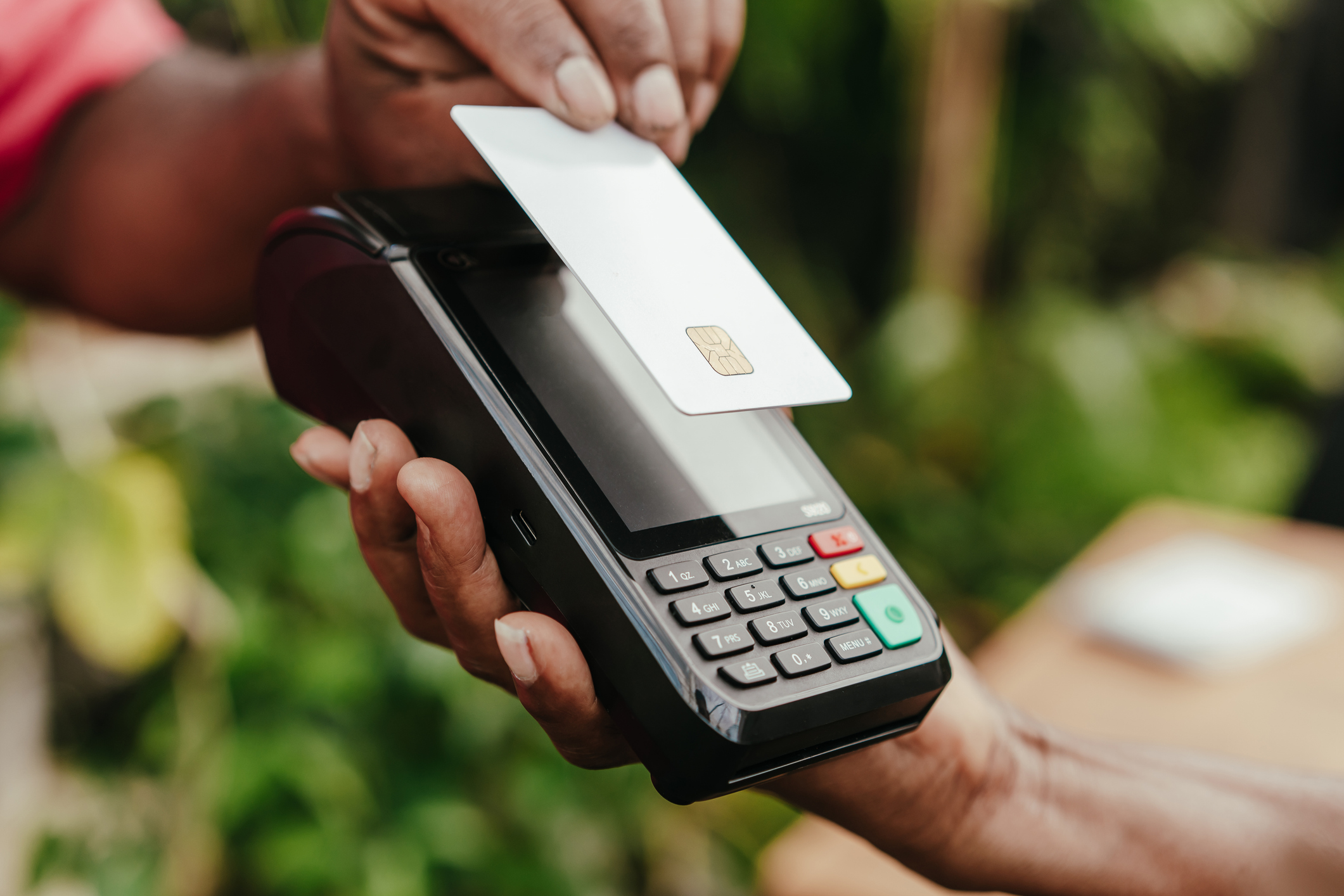In today’s increasingly globalized and multicultural world, businesses must find innovative ways to reach and resonate with diverse audiences. One powerful strategy to achieve this is bilingual marketing.
But what exactly is bilingual marketing, and why is it so essential in the modern marketplace? Let’s explore the concept and its benefits and applications.
Understanding Bilingual Marketing
Bilingual marketing refers to the practice of using two languages in marketing communications to reach and engage a broader audience. This approach can involve creating advertising campaigns, social media content, websites, packaging, and other marketing materials in two languages, allowing brands to connect with consumers who speak different languages.
The goal of bilingual marketing is to break down language barriers, making it easier for non-native speakers to understand and relate to the brand’s message. By doing so, companies can expand their reach, build stronger relationships with diverse customer bases, and ultimately drive sales and growth.
The Importance of Bilingual Marketing
1. Expanding Market Reach
One of the most significant advantages of bilingual marketing is its ability to expand a brand’s reach. In countries with diverse linguistic populations, such as the United States, offering marketing materials in multiple languages allows companies to tap into new customer segments that might have been overlooked otherwise. For instance, in the U.S., the Hispanic population represents a substantial and growing market. By creating content in both English and Spanish, brands can effectively engage this demographic.
2. Enhancing Customer Experience
Consumers appreciate when brands make an effort to communicate in their preferred language. It shows respect and understanding of their cultural background. Bilingual marketing enhances the customer experience by making it easier for individuals to access information, make purchasing decisions, and feel valued by the brand. This personalized approach can lead to increased customer satisfaction and loyalty.
3. Building Brand Loyalty
When brands communicate in a way that resonates with consumers’ cultural and linguistic preferences, it fosters a deeper connection. Bilingual marketing helps build brand loyalty by demonstrating that the company is committed to meeting the needs of diverse customers. This loyalty can translate into repeat business and positive word-of-mouth referrals.
4. Improving Brand Perception
A brand that embraces bilingual marketing often enjoys a more positive perception in the marketplace. It is seen as inclusive, culturally aware, and socially responsible. This positive brand image can differentiate a company from competitors and attract consumers who value diversity and inclusion.
Key elements of bilingual marketing
1. Cultural Sensitivity
Effective bilingual marketing goes beyond mere translation. It requires a deep understanding of cultural nuances and preferences. This means adapting messages to fit the cultural context of each language, ensuring that they resonate emotionally and culturally with the target audience.
2. Consistency
Maintaining consistency across all marketing channels is crucial in bilingual marketing. This includes consistent branding, tone, and messaging in both languages. Consistency helps build a cohesive brand identity and ensures that the brand’s message is clear and recognizable, regardless of the language used.
3. Quality Translation
Accurate and high-quality translation is the backbone of bilingual marketing. Poor translations can lead to misunderstandings, confusion, and even offense. It’s essential to work with professional translators or native speakers who can convey the intended message accurately and appropriately in both languages.
4. Localized Content
Localization goes hand-in-hand with translation. It involves tailoring content to the local culture, customs, and preferences of the target audience. This might include adapting visuals, slogans, and even product names to better align with cultural expectations and norms.
Implementing Bilingual Marketing
1. Identify Target Audiences
The first step in implementing bilingual marketing is identifying the target audiences and understanding their language preferences. Conduct market research to determine which languages are most relevant to your customer base and where there are opportunities for growth.
2. Develop Bilingual Content
Create marketing materials in both languages, ensuring that the content is culturally appropriate and resonates with each audience. This can include website content, social media posts, email marketing, advertisements, and more.
3. Utilize Bilingual Talent
Leverage bilingual talent within your organization or collaborate with external agencies that specialize in bilingual marketing. Having team members who are fluent in both languages and understand the cultural context can significantly enhance the effectiveness of your campaigns.
4. Monitor and Optimize
Continuously monitor the performance of your bilingual marketing efforts and gather feedback from your target audiences. Use this data to refine and optimize your strategies, ensuring that you are effectively reaching and engaging your diverse customer base.

So, Why Choose Vaquero Advertising?
At Vaquero Advertising, we specialize in bilingual marketing, helping brands connect with diverse audiences through culturally resonant and linguistically accurate campaigns. Our deep understanding of both English and Spanish, as well as Spanglish, allows us to craft messages that truly engage and resonate with the Hispanic community.
Our approach goes beyond simple translation. We ensure that every piece of content is culturally relevant and emotionally impactful. By understanding the nuances and values of Hispanic culture, we create campaigns that foster a genuine connection between your brand and Hispanic consumers.
Bilingual marketing is an essential strategy for businesses looking to thrive in a multicultural world. By breaking down language barriers and connecting with consumers in their preferred language, brands can expand their reach, enhance customer experience, build loyalty, and improve their overall brand perception. Implementing bilingual marketing requires cultural sensitivity, consistency, quality translation, and localized content. With these elements in place, businesses can successfully navigate the complexities of a diverse marketplace and achieve lasting success.
Choosing Vaquero Advertising means partnering with experts who have a profound understanding of bilingual marketing and the intricate dynamics of the Hispanic community. Our commitment to excellence and tailored approach will help you leverage the power of bilingual marketing to elevate your brand. Let us collaborate to unlock remarkable growth!

